Considerations for using photodiodes to measure pulsed beams
In most cases, pulsed beams are measured using pyroelectric detectors. However, for pulsed lasers with very high repetition rates (>100 kHz) or very weak pulses (<0.1 uJ), pyroelectric detectors won’t work. If a measurement of average power is sufficient, then often a thermal sensor can be used. However, if the average power is also very weak (< 10 mW), the measurement may be more accurate if made using a photodiode detector.
What are the limitations on using photodiodes for detection of pulses?
The primary concern is staying within the range of the linear response of the detector. Photodiode sensors are most frequently used for CW measurements. For CW operation the sensor response is linear up to an induced current of around 1.3 mA (corresponding to an incident power of 12 mW at 700 nm for the PD300 sensor, filter out).
This same limit also applies for long pulses. The peak power of the pulse should not exceed the CW limit. In this context, long pulse refers to pulses longer than the rise time of the photodiode, typically on the order of microseconds.
For shorter light pulses, the resulting photocurrent will be broadened to a pulse with a width given by the rise time. It is OK for the peak optical power to exceed the CW limit as long as the resultant electrical pulse does not. Thus it is more useful to consider the limit in terms of total pulse energy. For the PD300 photodiode mentioned above, the pulse energy should be kept below 35 nJ (for pulses shorter than 3 ms, at 700 nm, with filter out).
Linear behavior for short pulses may be further limited by the energy density [J/cm2]. Above a certain optical energy density, the response of the photodiode begins to saturate as a greater fraction of the photo-generated charge is lost within the device[1]. This limit to linear response will be very much device dependent. Unfortunately, relevant data are not usually available from photodiode manufacturers, especially as the values are also dependent on wavelength. Thus, in general, it will be incumbent upon the user to confirm the linearity of the detector for the laser system in question. Linearity is usually checked by comparing the responsivity with and without a known attenuation. More detailed suggestions will be offered in a future blog post. It is worth noting, however, that because energy density is the determining factor for short pulses, linear performance can be extended somewhat when necessary by expanding the beam.
For more details, please refer to the white paper on this topic on our website. From the explanation above, however, it is clear that the maximum measurable pulse cannot really be specified as a single value; it is actually a function of both wavelength and pulse width. For pulses longer than the rise time of the photodiode, the peak power will set the limit, while for shorter pulses the energy density is the relevant parameter. Knowing the proper limit ensures that the measurements will be accurate. Photodiodes can be very useful for measuring weak pulses, but, as usual, proper measurement requires attention to detail.
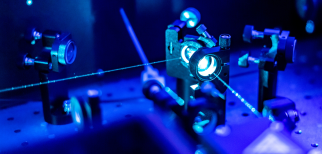
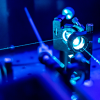
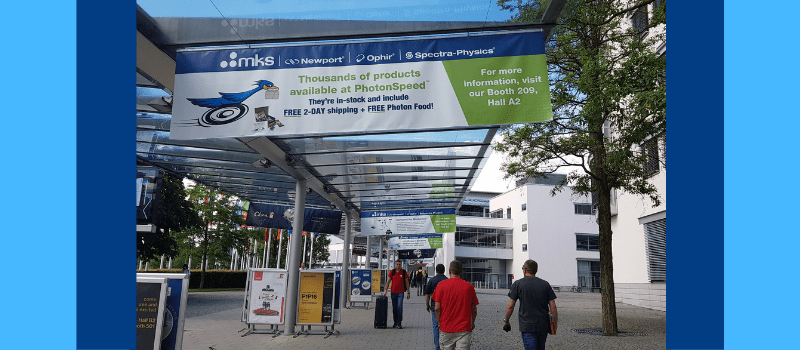
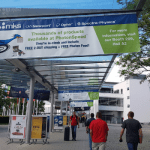
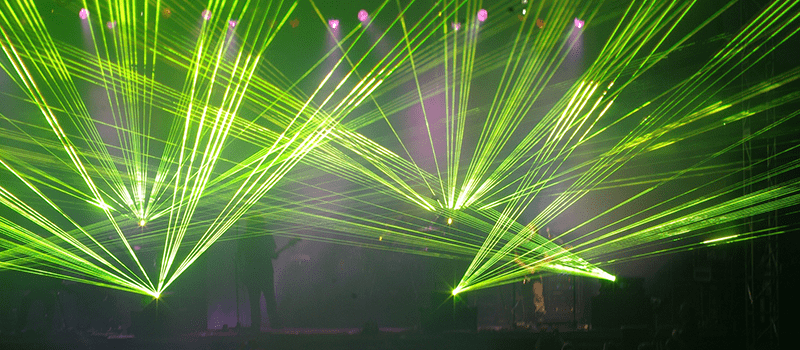


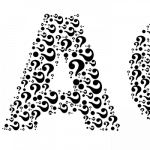
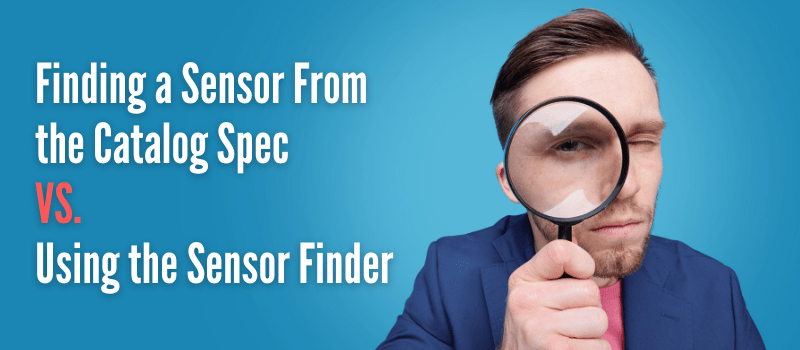



Leave a Reply
Your email address will not be published. Required fields are marked *